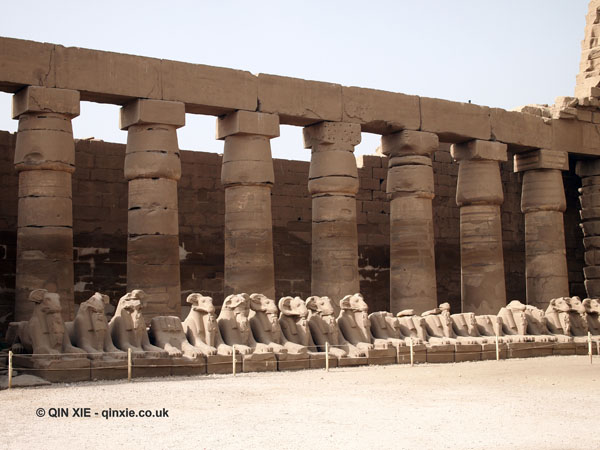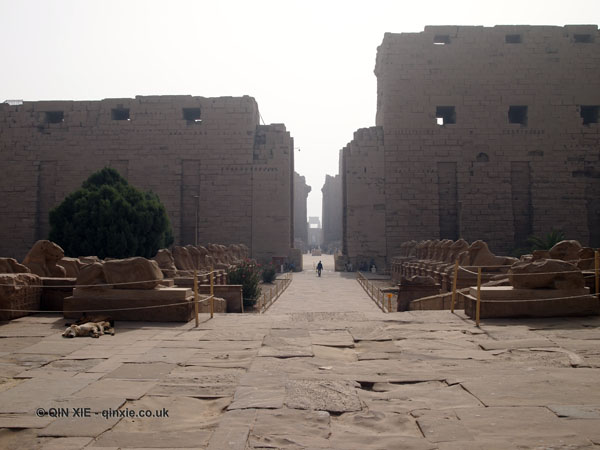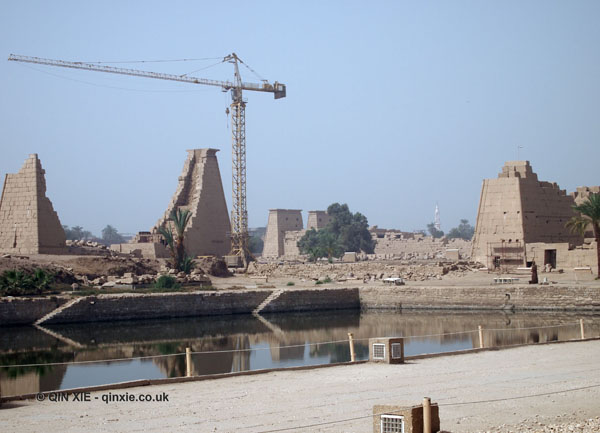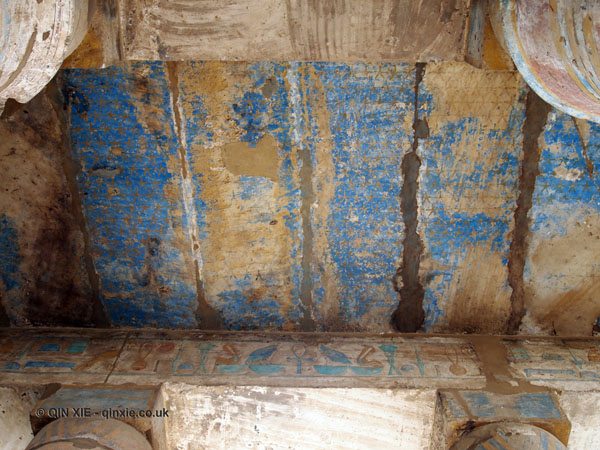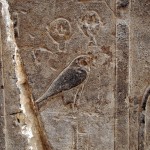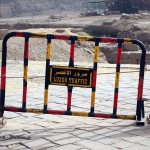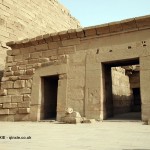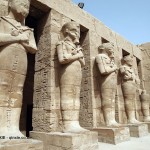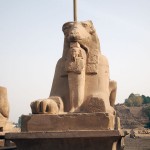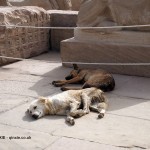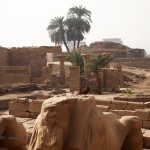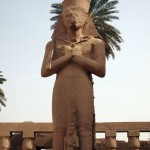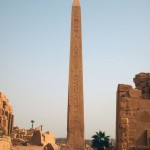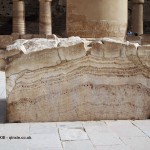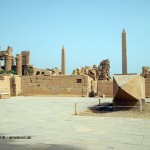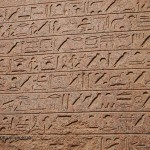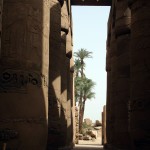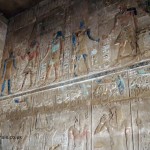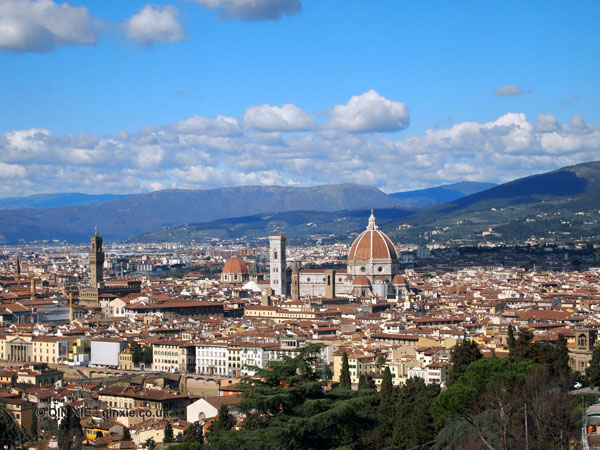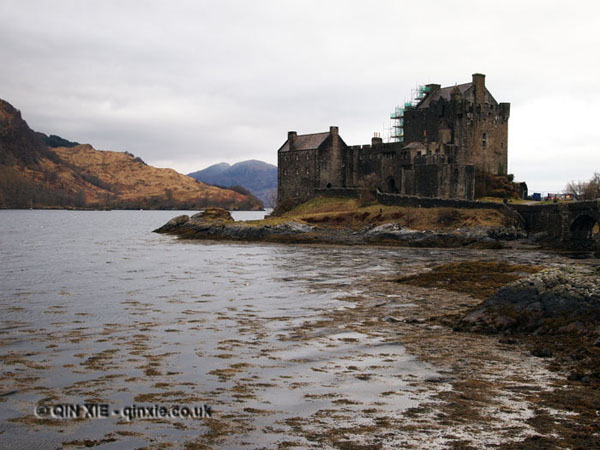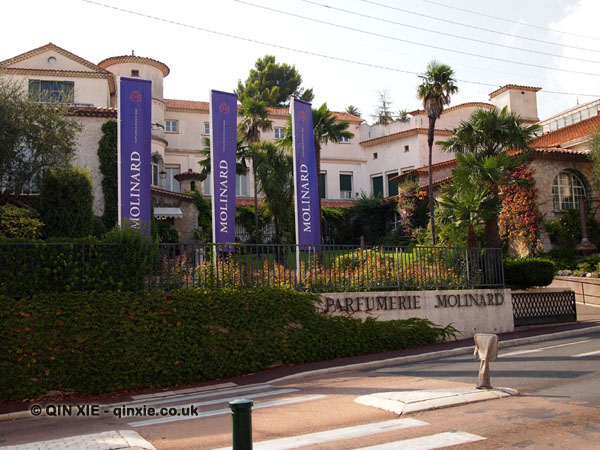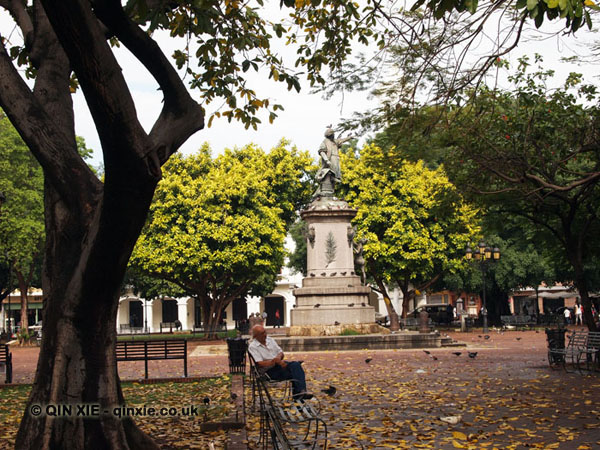Karnak Temple, Luxor
Culture Explorer uses affiliate links, including those from Amazon, which are identified using an *. If you buy something through the link at no extra cost to you, Culture Explorer may be paid a commission, which helps to fund running of the site. You can read more about this here.
This post is part of the collection from Classic Egypt – a trip up the Nile
Karnak Temple was the first temple I visited in Luxor and it’s also one of the largest in Egypt.
Karnak was a worship site composed of many small temples that were built and added to by generations of Pharaohs from the Middle Kingdom to the Ptolemaic period.
Though thousands of years old, it may seem familiar as it was where scenes from Death on the Nile* were shot.
The really impressive facts about the temple are not immediately obvious when you walk around it on your own.
For example, even though the temple seems large enough for several hours of exploration, only part of the temple is currently open to the public as the rest is yet to be restored.
The temple itself appears far from the Nile but it once had a man-made lake that allowed boats from Aswan, laden with granite, to be docked at the entrance of the temple.
The giant columns that stood several storeys high had once withstood the pressure of highly decorated ceilings, some of which could still be seen, with their mineral paint intact.
Some of the obelisks that you now see around the world, including in London, had once been part of the temple of Karnak.
And the mud brick wall which marked the perimeter of the temple were the same mud bricks that were used as rudimentary scaffolding during the constructions of the temple.
